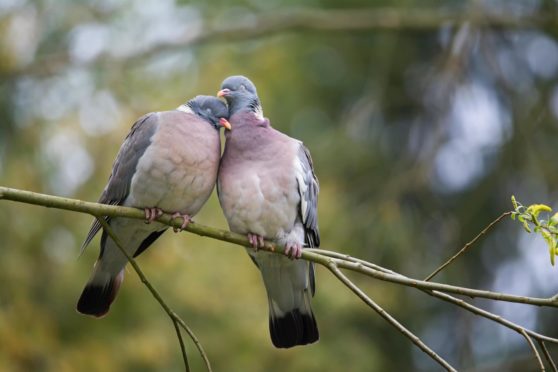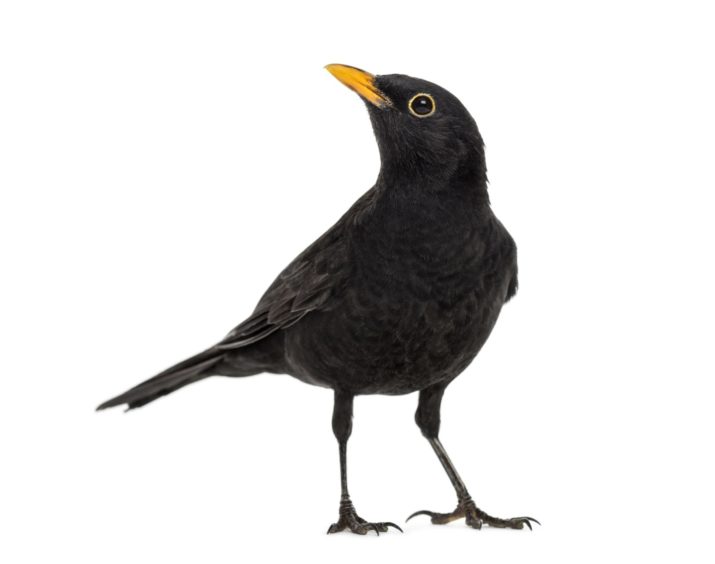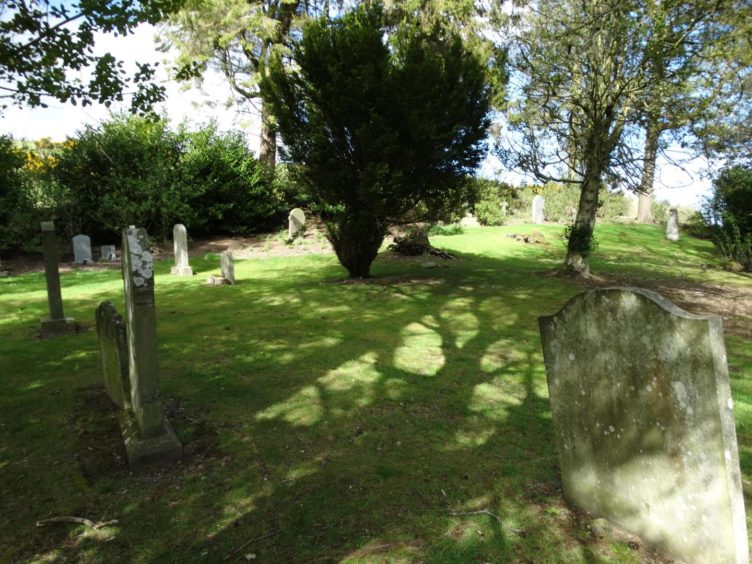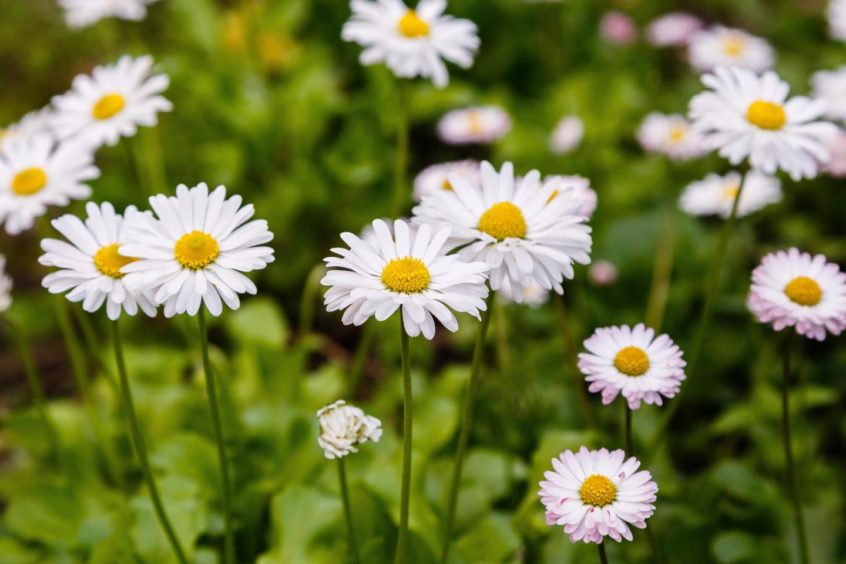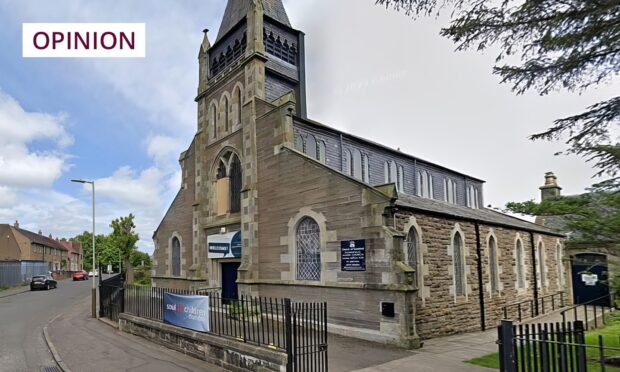Looking out of my study window is a dangerous distraction from the serious work of writing this column.
I look out on the back lawn and the bird feeders hanging on the summer house.
A woodpigeon with a twig in its beak landed briefly on the garden fence, checking all round that no predators were hovering with evil intent before hopping smartly into the cover of the Leylandii tree in our neighbour’s garden where it is building a nest.

A woodpigeon’s nest is a flimsy platform, just a rickle of twigs, so badly woven together you can see the two white eggs laid in it through the lattice.
They are prolific breeders, laying up to three clutches of two eggs a year usually between April and October, though they have been recorded nesting in December and January.
Cream of the crop
The hatching of their eggs appears to coincide with the availability of suitable feeding for their chicks once they have fledged.
Despite the apparent hazards they manage to hatch their eggs safely, and they have a unique method of raising their squabs, as the chicks are known.
They are the only bird, so far as I am aware, to feed their young with crop milk, a rich fatty substance regurgitated from their crops, rather than the parents’ vegetable diet of grain and clover and beech mast.
My father thought a plump pigeon was a dish fit for kings… and a mealie pudding thrown in for good measure
They have another party trick. When drinking they suck up water and swallow it without having to tilt back their heads as most other birds do.
And they are very tasty casseroled. My father thought a plump pigeon was a dish fit for kings.
He covered the breasts with streaky bacon and casseroled them in cider with mushrooms seasoned with celery salt, and a mealie pudding thrown in for good measure.
A blackbird chick was haranguing its male blackbird parent, demanding to be fed. Only the female bird incubates the eggs but both parents share feeding their young.
The parent hunted over the grass and returned with an earthworm which its chick greedily consumed.
Because the parent birds work so hard bringing up their young, for a short time the fledglings are as big as their parents.
They slim down when the parent birds abandon them to get on with their own lives once they are old enough and experienced enough to fend for themselves.
History lesson
I’ve long appreciated the wealth of Courier readers’ knowledge.
Last week I wrote that I didn’t know the history of the Burn of Kirkton which gives its name to The Burn House at Edzell. By Monday morning a reader had provided an explanation.
The Kirkton Burn rises on Manach Hill which lies to the west of the minor road from the foot of Glenesk to Fettercairn.
It flows past Kirkton of Balfour and thence down to the Burn Estate where it joins the River North Esk.
The small burial ground presided over by ancient yew trees and Scotch pines is still in use
Kirkton is the giveaway, of course – the Kirk Toun. The kirk was the old Church of Newdosk, dating back to at least the 1600s.
Only its outline now survives but the small burial ground presided over by ancient yew trees and Scotch pines, its grass cropped short by rabbits, is still in use.
The church probably sat on a much earlier religious site which has connections to St Drostan.
Drostan was a friend and follower of St Columba but disagreed with him over the nature of his ministry, which Drostan considered to be too relaxed.
Drostan parted company with Columba and adopted the life of a hermit in Glenesk.
His name appears at various places in the glen and he seems to have been well received by the glen folk of the time.
Manach is the Gaelic term for a monk, and Dosk or Drost is a form of Drostan, which would seem to provide the authority for his connection with the Burn of Kirkton.
I just needed someone to tell me.
Daisy days
It’s strange to feel frustrated by a flower but I cut the grass only a couple of days ago and already the cheery little faces of the legions of daisies I annihilated have reappeared.
They are the most resilient little flowers – mowing them just encourages them to grow again.
They must be almost the most common and familiar garden flower, yet we trample all over them and cut them off in their prime without a second thought.
Their name derives from Latin, meaning ‘pretty and everlasting’ and they are found everywhere in the world except Antarctica.
Because they flower year-round they are an important source of nectar and pollen for early pollinating bees and other insects.
They were recognised for their medicinal properties as far back as the Romans who applied them to battle wounds to assist healing.
And, of course they are a source of children’s games like picking off the petals and chanting – “He/she loves me, he/she loves me not”, and making dandelion chains for necklaces.
And, traditionally, every good farmer has a favourite cow called Daisy.
